As the Biden Administration moves quickly to expand renewable energy on public lands, sportsmen and women are concerned about the potential impacts
Even if you drive by an oil and gas field or wind farm to reach your favorite hunting or fishing spot, you may not give much thought to how much is at stake for sportsmen and sportswomen when it comes to developing our energy resources, including renewable sources such as wind.
But it’s a critical time to think about the possible impacts, and here’s why.
After the Trump Administration prioritized oil and gas drilling and coal mining on public lands—rescinding many previous policies and making it easier to lease and develop fossil fuels—the energy development pendulum has swung back in the other direction. Now, advancing renewable energy production on public lands has become a top priority as part of the Biden Administration’s response to the climate crisis.
The impacts of climate change—including steady habitat loss—are undeniable and must be addressed. The hunting and fishing community understands that major shifts in energy policy will be necessary to meet the goals set forth by the Biden Administration, including a commitment to generating a whopping 30 gigawatts of offshore wind power by 2030 and permitting at least 25 gigawatts of onshore renewable energy by 2025.
But there are many unanswered questions about impacts likely to occur while achieving these goals.
Calculating the Risk to Wildlife
There is no question that renewable energy sources—wind, solar, and geothermal—have an important role to play in helping to solve the climate crisis, but at what cost? We know oil and gas development can suppress mule deer populations, but what about renewables? The impacts on birds and bats are well documented, but less is known about how expanding renewables on public lands will impact habitat and populations of game birds or big game animals. And the few studies that have been conducted indicate mixed results.
Studies on grouse species, like greater sage grouse and prairie chickens, have shown both neutral response and negative impacts from wind turbines. Researchers have expressed caution about placing wind turbines within a mile or so of occupied sage grouse habitat until we fully understand the breadth of impacts on these birds. In Wyoming, pronghorn antelope were displaced by wind turbines during the winter, but the overall impact on the population remains unclear. These researchers noted that more than a decade of animal tracking data in the Cowboy State can help identify places to site wind turbines to be more compatible with big game species.
Because we need more data, the rush to develop and bring renewable energy resources to the market could negatively impact fish and wildlife and result in the loss of access for hunters and anglers.
A poorly located solar project near a pronghorn migration corridor may be just as devastating as a coal mine or natural gas field—we don’t know for sure. Access roads, fencing, and transmission lines associated with renewable projects could all have negative impacts on wildlife, as well. And while one project alone may not have significant effects, at some point a threshold will be reached where impacts will undoubtedly occur for many species. Too many turbines or solar projects in an area will “industrialize” a landscape, perhaps to a point of no return.
Be Smart from the Start
The key to any energy development is avoidance of critical habitats and siting wisely—or being “smart from the start.” This idea is not new. Obama Administration officials coined the phrase and, more than a decade ago, the Sportsmen for Responsible Energy Development coalition—led by the TRCP, Trout Unlimited, and the National Wildlife Federation—released a report with a set of ten “smart from the start” principles for developing renewable energy on public lands.
These principles are still valid today in a new and fast-paced renewable energy frontier:
- Giving hunters and anglers a voice in decision making.
- Protecting roadless backcountry areas, National Parks, National Wildlife Refuges, and local and state public lands.
- Conserving important fish and wildlife habitat.
- Consulting with state fish and wildlife officials first.
- Relying on the latest science.
- Strengthening the permitting and leasing process.
- Monitoring impacts to fish, wildlife, and water.
- Mitigating damage and reclaiming affected land and water.
- Complying with all relevant environmental laws.
- Holding industry accountable for development costs, including monitoring and mitigation expenses.
When applied, these principles can help ensure renewable energy development’s compatibility with the needs of fish, wildlife, and hunters and anglers.
There is little doubt that sportsmen and sportswomen are about to see some rapid changes on public lands and more solar, wind, and geothermal projects emerging. As with oil and gas extraction, our community supports the multiple-use mandates on our public lands—and among those uses is energy development. We also demand that these resources be developed wisely and without loss to ever-shrinking fish and wildlife habitats that support our recreational pursuits.
The SFRED coalition members will continue to carry the sporting community voice in land-use planning and policy debates so that all forms of energy are balanced. Our community also knows there must be big policy shifts to tackle the impacts of climate change on the environment. But today’s fish and wildlife cannot be forgotten or sacrificed in the rush to solve the climate crisis.
Visit the Sportsmen for Responsible Energy Development website to learn more.
Top photo by U.S. Fish and Wildlife Service.

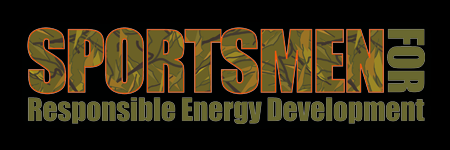
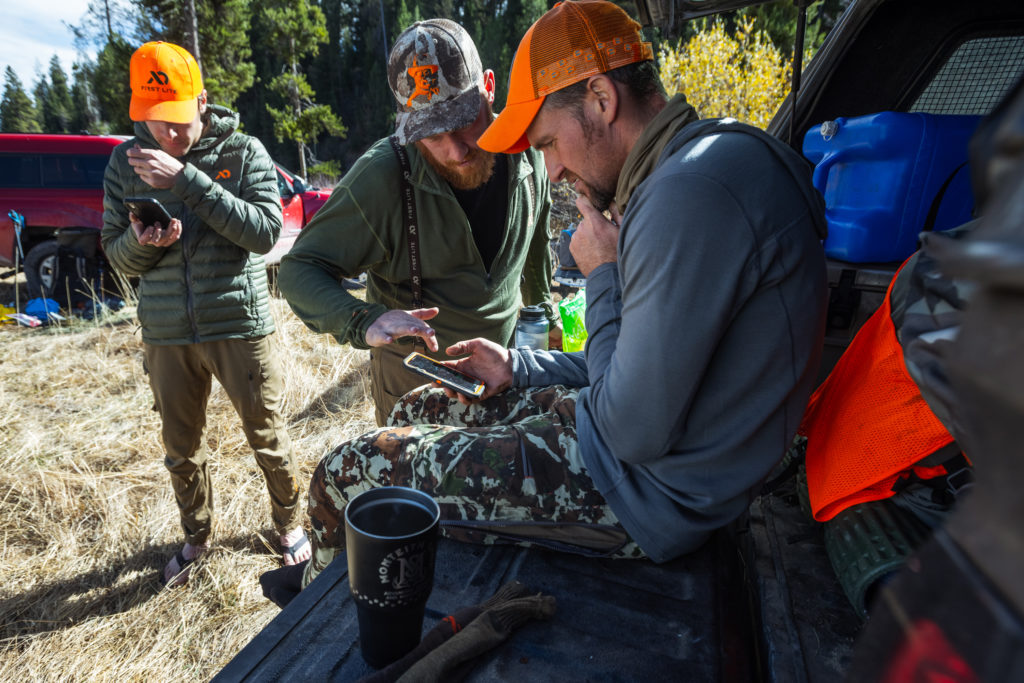
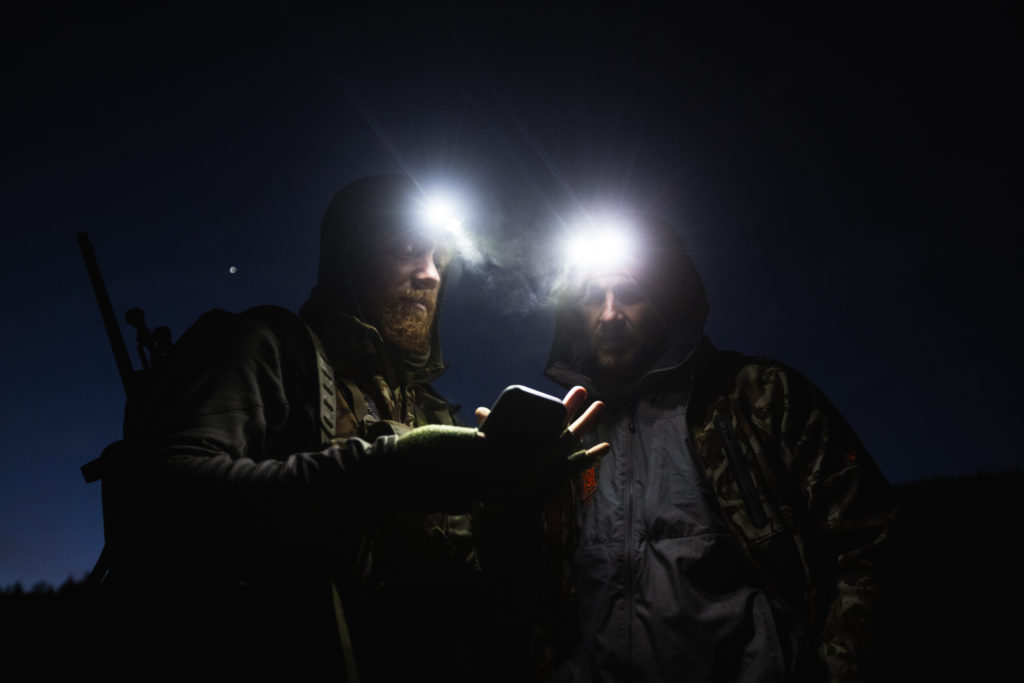
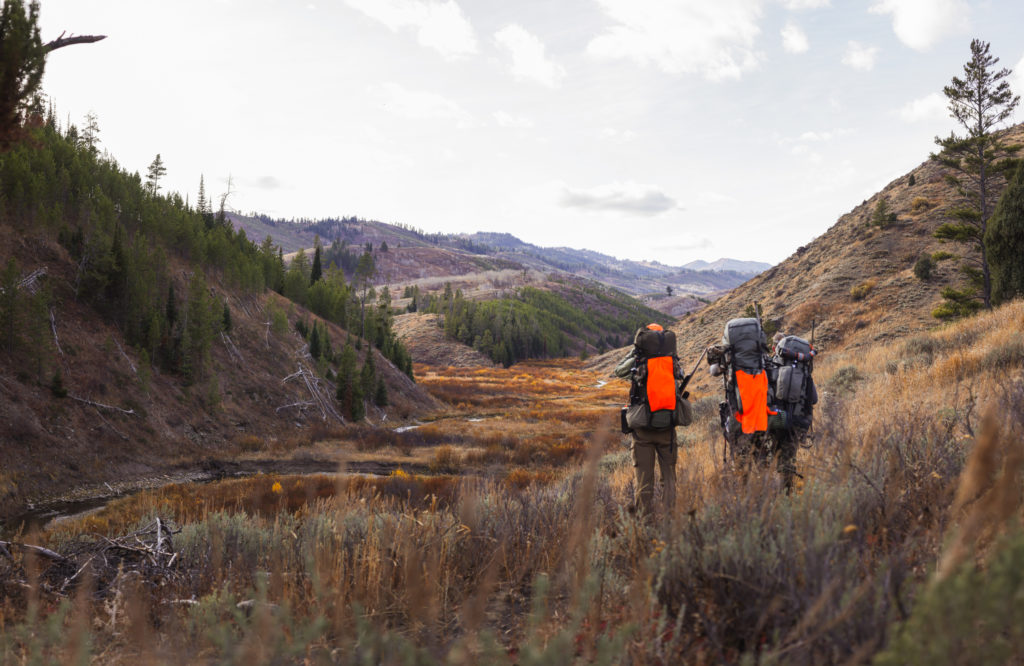
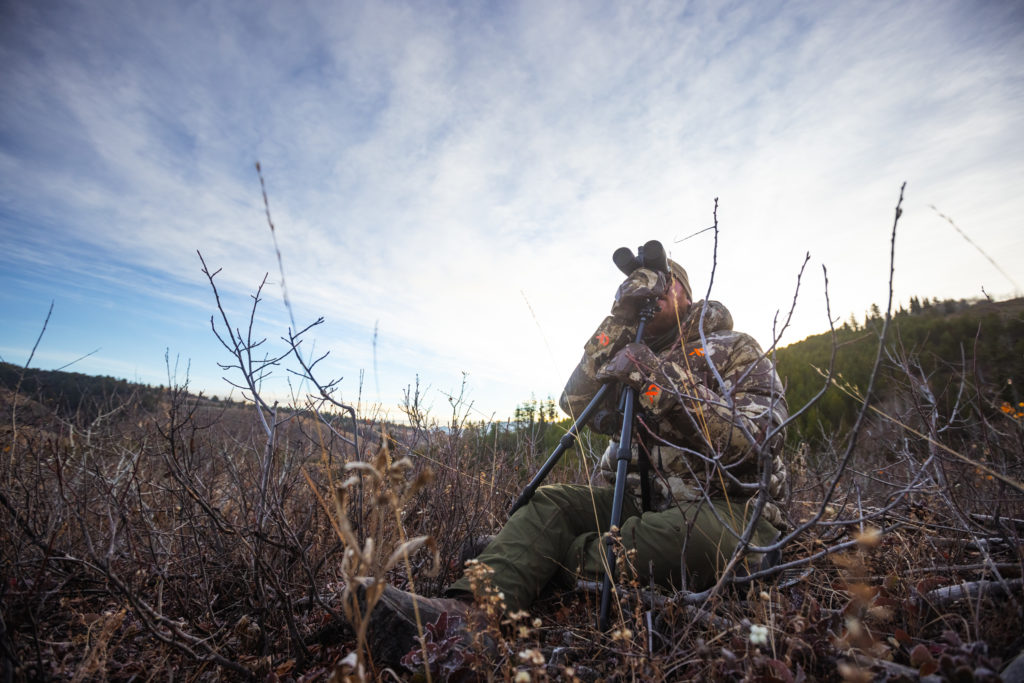
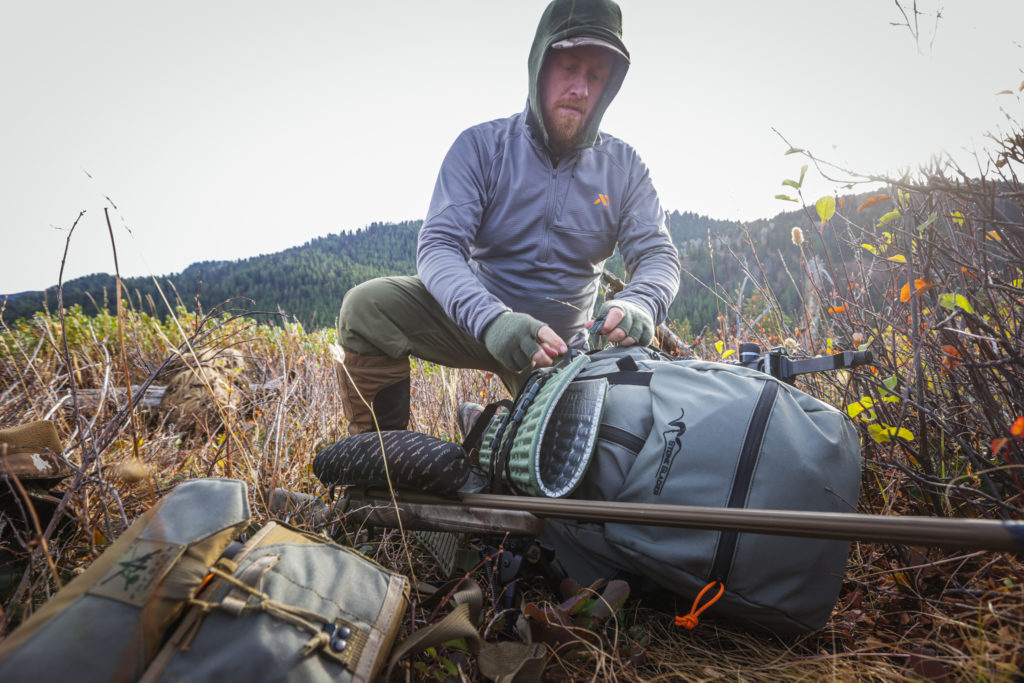
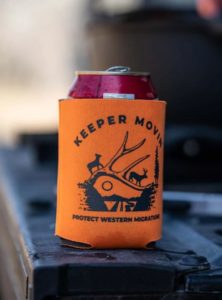
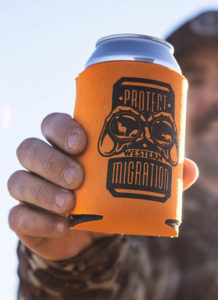




The hunters and fishermen need to get behind laws that protect our farmland or hunting is going to decline majorly. We are seeing thousands of area in Missouri alone going to solar and wind. It has just started.
I’m not a fan of wind or solar but have no problem with oil and gas I hunt on a oil battery as a dee stand but the wind turbines mess with the bird migration patterns and they are ugly to look at solar farms are the worst there is no room for wildlife and they are popping up everywhere in Texas both wind and solar it’s sad to see once beautiful open country turned into Industrial land.